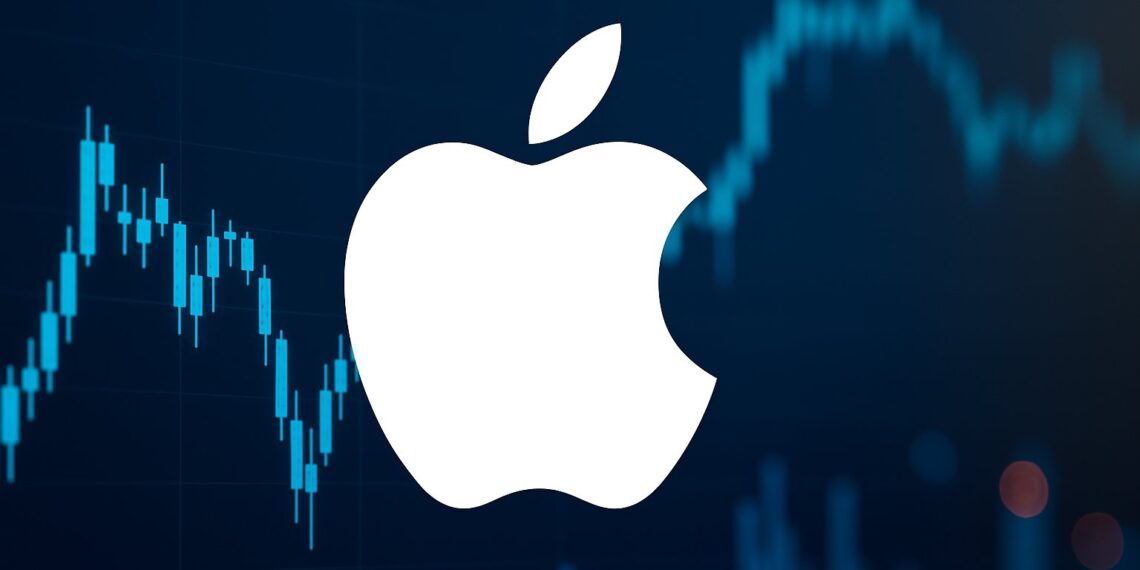Why the iPhone 17 Mix Matters So Much
Apple’s iPhone economics are exquisitely sensitive to which models customers choose:
- Blended ASP: Pro and Pro Max models carry higher prices and healthier per-unit margins. If buyers gravitate to the base model, the average selling price (ASP) slips and the per-unit profit pool shrinks.
- Attachment & Storage: Premium buyers more often select higher storage tiers, AppleCare, and accessories—uplifts that magnify hardware margin. A base-heavy mix dilutes those add-ons.
- Promotional Gravity: Aggressive carrier promos and trade-ins typically fall on entry models. Great for unit volume, not always for margin.
Even a modest mix shift away from premium can shave 100–200 bps off iPhone gross margin in a given window, which matters because iPhone still drives a large share of total revenue and fixed-cost absorption.
The Tariff Wild Card
Policy noise around U.S.–China trade remains a swing factor. If exemptions narrow or duties rise on China-assembled devices, Apple’s landed costs could increase. Management has several levers:
- Price Pass-Through: Raise retail prices—effective, but risks demand elasticity.
- Mix Management: Nudge buyers toward higher-margin configurations to cushion gross margin.
- Supply-Chain Diversification: Continue shifting final assembly to additional geographies—strategically sound, but not an overnight fix.
The challenge: the cleanest offset is premium mix, which is precisely where demand appears softer this cycle.
Can Services Save the Day?
Apple’s structural buffer remains its high-margin Services segment. As the installed base grows, services revenue compounds with attractive economics. Key supports:
- Recurring ARPU: Payments, cloud, media, and app ecosystem income are less cyclical than device cycles.
- Bundling Power: Apple One and storage upsells stabilize per-user monetization even when hardware ASP wobbles.
- Ecosystem Lock-In: Tight integration across devices sustains upgrade intent over time.
Services can cushion, but rarely fully neutralize, a sizable hardware margin downdraft in the short run.
What to Watch Next (Investor Checklist)
- Lead-time differentials: Are Pro/Pro Max wait times shortening faster than the base model?
- Channel promotions: Intensity of carrier subsidies and trade-in values on entry vs. premium models.
- Storage mix: Early reads on 256GB+ penetration within the lineup.
- Regional dynamics: China and Europe elasticity to any price or promo changes.
- Tariff headlines: Concrete moves on exemptions, enforcement, or timelines.
- Supply-chain milestones: Evidence of further geographic diversification in assembly.
Earnings & Valuation Implications
If base-model strength persists while premium tiers lag, expect:
- ASP compression and lower iPhone gross margin, particularly early in the cycle.
- Consolidated gross margin drift lower unless services outperformance or cost downs offset the gap.
- EPS sensitivity around holiday and March quarters, when mix patterns crystallize.
- Multiple risk: High expectations leave less room for negative revisions; conversely, a premium-mix rebound could quickly restore confidence.
Bottom Line
The near-term story is straightforward: less premium mix just as tariff risk resurfaces equals a tighter margin narrative for Apple this iPhone cycle. The company still commands powerful offsets—services scale, storage upsell, and world-class cost discipline—but investors should watch mix and policy signals closely. A rebound in Pro/Pro Max traction or easing trade noise would relieve the pressure; absent that, the setup skews defensive on hardware margins.
FAQ
What is “mix” and why does it matter?
“Mix” describes the share of sales by model and configuration. A premium-heavy mix lifts ASP and per-unit profit; a base-heavy mix does the opposite.
How could tariffs affect Apple?
Higher duties or fewer exemptions on China-assembled devices would raise import costs. Without full price pass-through or a favorable mix shift, iPhone gross margin would likely compress.
Can services fully offset weaker iPhone margins?
Services help, thanks to higher margins and recurring revenue, but in the short term they may only partially offset a meaningful hardware margin headwind.
What signals would flip the narrative positive?
Sustained lead-time advantages for Pro models, rising high-storage penetration, softer promo intensity on base models, and clearer guidance on trade policy.
Disclaimer
This article is for informational purposes only and does not constitute investment advice, an offer, or a solicitation to buy or sell any securities. Investing in equities involves risk, including the possible loss of principal. Conduct your own research or consult a qualified financial advisor before making investment decisions. The author holds no position in the securities mentioned at the time of publication.






